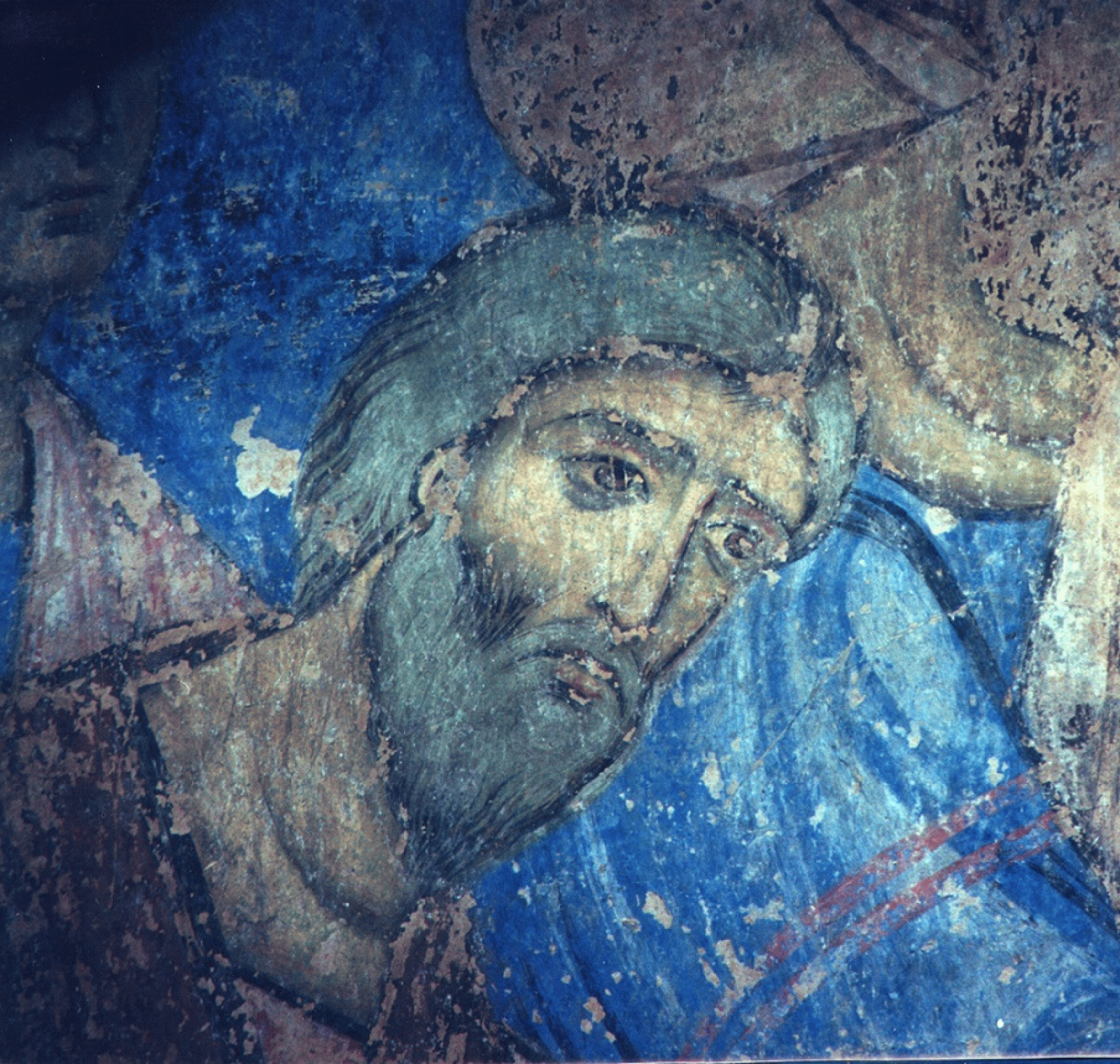Georgia Project Lecture Series
Mariam Didebulidze:
Georgian Medieval Mural Painting in the Context of Byzantine and Eastern Christian Art: The 13th-century Wall Painting of the Church at Kintsvisi as an Example of Cultural Interactions
Aesthetics, Art, and Architecture in the Caucasus Lecture Series
In cooperation with the George Chubinashvili National Research Centre for Georgian Art History and Heritage Preservation

Georgian art has been an important part of the Eastern Christian culture since the early Christian period. It shares the main artistic concepts and “language” developed in the Byzantine world, namely in Constantinople and the Holy Land. Yet at the same time, due to its unique cultural and historical traditions, it reveals its own “voice”. Even though strong cultural interactions with Byzantine art can be seen nearly in every sphere of art, especially in painting, Georgian art clearly has its specific character, which does not always coincide with that of Byzantium.
The early 13th-century wall paintings of the St. Nicholas Church at Kintsvisi––one of the most outstanding works of the medieval Georgian art––sheds light on this phenomenon. Its comprehensive theological programme comprises rare themes. This presentation focuses on the royal portraits and the role of the commissioner in the programme’s conception, the coloring of the painting, and the impact of the natural light on the colour’s perception, as well as the pictorial structuring of the interior and the “choreography” of the beholder’s movements prompted by its layout. It furthermore reflects on contemporary religious controversies. The murals at Kintsvisi, which at first glance seem to follow mainstream Byzantine art, are distinguished by an exceptional artistic imagery and a very peculiar iconographic programme. The analysis, moreover, contributes to a better understanding of Georgia’s relations with Byzantine art and Eastern Christian art more generally.
Mariam Didebulidze is a leading scholar of the George Chubinashvili National Research Center for History of Georgian Art history and Heritage Preservation (Tbilisi, Georgia). From 2008–2018 she was a director of the Chubinashvili Centre. She is currently professor at the Tbilisi Theological Academy, where she teaches the history of Byzantine painting. Her academic research focusses on medieval Christian art and architecture in Georgia, with a special emphasis on mural painting, and it covers also the field of cultural heritage preservation. Didebulidze is author and co-author of several books and articles on Georgian medieval art and its relations with Byzantine art. Her most recent publications are “The Tradition of Representation of the Mother of God in Medieval Georgian Art” in The Tradition of the Adoration of the Theotokos in the Orthodox Church, ed. by D. Muskhelishvili (New York, 2020);“Representation of Architecture in Medieval Georgian Murals”, in: Bulletin of the Georgian National Academy of Sciences, 13/3, 2019 (Tbilisi, 2019); and “Cultural interaction in Caucasus and Beyond: investigation issues”, in: Cultural Interactions in Medieval Georgia, ed. by. M. Bacci, Th. Kaffenberger and M. Studer-Karlen (Wiesbaden, 2018).
18. Mai 2021, 15:00 Uhr
The event takes place online.
To participate please register with irenegiviashvili@gmail.com or hoffmann@khi.fi.it.
Hinweis
Diese Veranstaltung wird durch Fotografien und/oder Videoaufnahmen dokumentiert. Falls es nicht Ihre Zustimmung findet, dass das Kunsthistorische Institut in Florenz Aufnahmen, auf denen Sie erkennbar abgebildet sein könnten, für die Veranstaltungsdokumentation und Öffentlichkeitsarbeit (z.B. Social Media) verwendet, bitten wir um eine entsprechende Rückmeldung.


